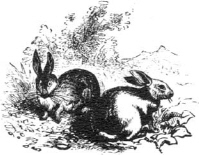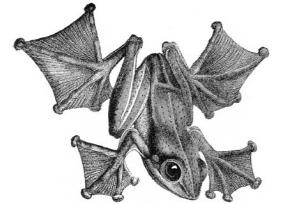Weird But True (10 page)


T
he
Mahabharata
, at some seventy-five thousand verses and nearly two million words, is one of the longest epic poems ever written and arguably the most significant Hindu text in history. Numerous translations and interpretations have been published, but one started in the summer of 2009 is among the more unusual: An Indian academic is writing his own interpretation of the
Mahabharata
on Twitter. Because of the service's message length restrictions, it is being published 140 characters at a time.
T
he eleventh-century Tibetan
Epic
of King Gesar
is considered to be the longest epic poem in existence. It contains more than a million verses, most of which were not written on paper, but were passed down through generations by storytellers.
I
ndonesian novelist Pramoedya Ananta Toer composed his most famous work, the four-volume “Buru Quartet,” during the ten years he was a political prisoner on Buru Island. Because he was forbidden to have pens or paper during most of his time in prison, he committed his stories to memory by telling them to his fellow prisoners every evening.
P
oet John Milton went blind, probably from glaucoma, in 1652. He wrote his masterpiece, the twelve-volume poem
Paradise Lost
, published in 1668, by dictating it to his daughters and assistants.

W
e sometimes say that certain animals, such as rabbits, are “born blind.” That's not entirely accurate. Rabbits are born with the ability to see, but their eyelids are temporarily sealed shutâa baby rabbit typically opens its eyes a week after birth.

I
n the wild, a female cottontail rabbit may give birth to as many as six litters of four or more babies in one mating season. That's thirty-plus babies for one female in one season, which might be all she gets: Typical life expectancy for a rabbit in the wild is about one year.


I
n the original 1962 film version of
The Manchurian Candidate
, Angela Lansbury played Laurence Harvey's mother. She was not quite three years older than he was.
* * *
In the 1963 film version of
Bye Bye Birdie
, Maureen Stapleton played Dick Van Dyke's mother. She was six months older than he was.

A
fter mating, the male midwife toad collects the female's eggs, wraps them around his hind legs, and carries them around with him for a month or more before depositing them in shallow water where they hatch into tadpoles.

B
eelzebufo ampinga
, the “devil frog,” could be the largest frog that ever existed. It measured sixteen inches long and weighed about ten pounds; its mouth was enormous, and it was a predator. Fortunately, it became extinct about 65 million years ago.
T
he smallest snake known to science is
Leptotyphlops carlae
, the Barbados
threadsnake
, native to the Caribbean island of Barbados. A full-grown snake measures just four inches long.
* * *
The world's smallest seahorse is Satomi's pygmy seahorse, which measures only about half an inch.

P
earl oysters, the saltwater mollusks that produce pearls, are not closely related to the oysters we eat. So if someone tells you he found a pearl inside an oyster he was eating, it's probably not true. But. . .
Oysters aren't the only creatures that produce pearls. Other mollusks, such as mussels and clams, produce them tooâ and people have been known to discover pearls inside clams during a meal. Clam pearls are generally not as lustrous or as valuable as natural pearls found in oysters, although they can be quite beautiful.
T
he largest pearl ever found was discovered in the Philippines, and it almost certainly came from a giant clamâ the only creature big enough to have produced it. Known as the Pearl of Lao-Tzu or the Pearl of Allah, it measures nine inches long and weighs nearly fourteen pounds. It has been valued at between $40 and $60 million.
P
aying too much for something activates the part of the brain that also is responsible for the perception of pain and guilt.

